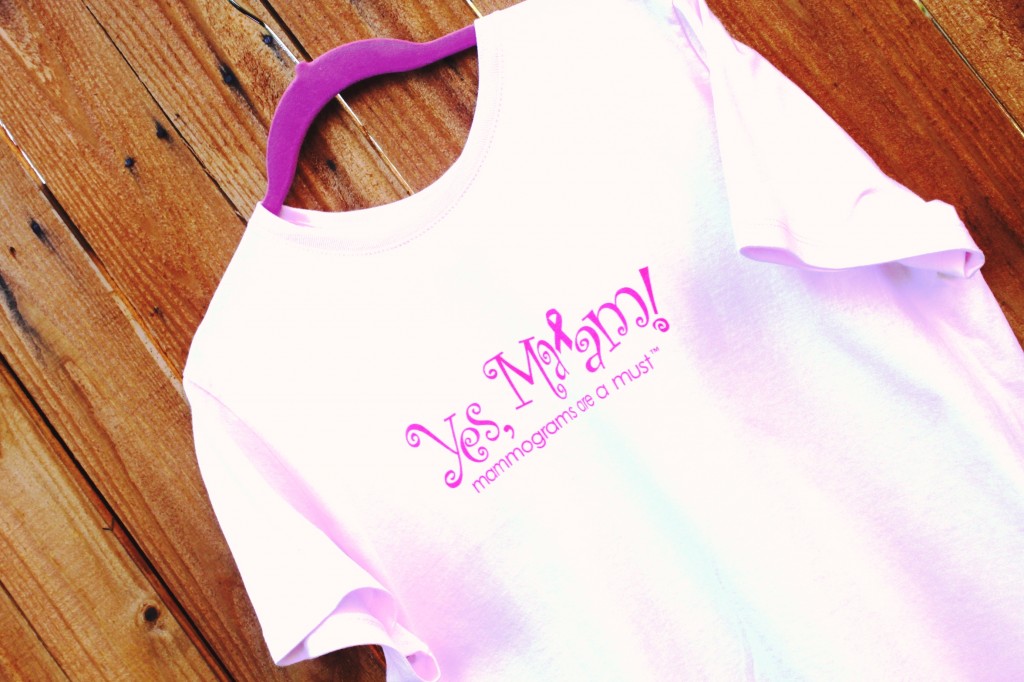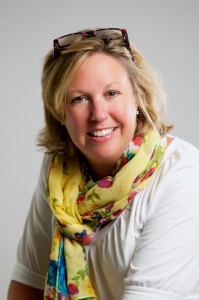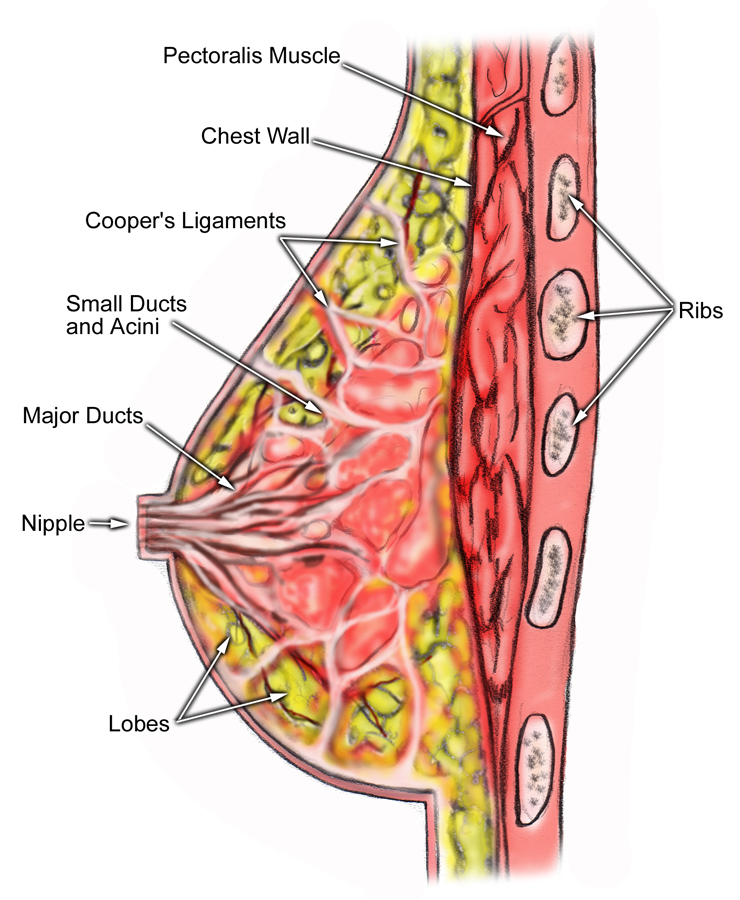 A mastectomy affects you not only physically, but also mentally and emotionally. Many women feel like a vital part of them has been taken away, and their self-esteem suffers as a result. If these feelings aren’t resolved, they can lead to depression and other issues. It’s important that if they surface, you recognize them and know you can find help.
A mastectomy affects you not only physically, but also mentally and emotionally. Many women feel like a vital part of them has been taken away, and their self-esteem suffers as a result. If these feelings aren’t resolved, they can lead to depression and other issues. It’s important that if they surface, you recognize them and know you can find help.
Focus on the positive.
While the surgery itself may not be a positive thing, focusing on being optimistic helps your self-esteem. You may decide on breast reconstruction and feel excited about having new breasts, or you may be heartened by the fact that you’re now a breast cancer survivor and can move forward with your life. Often, mastectomy patients find that the smallest things, such as a drive in the mountains or a sunrise, bring them joy.
Allow yourself to grieve.
You’ve had a loss, and it’s likely to provoke the same feelings of grief as losing a loved one. You may feel denial or anger, which is perfectly normal. Allow yourself to experience those feelings instead of minimizing them or holding them inside. If you feel the need for a grief counselor, ask your doctor or religious professional for a referral. A hospice bereavement counselor may also be a good choice.
Talk it out before, during, and after.
Whether you feel relief that the cancer is gone, grief over losing a part of your body, or hesitation in allowing your partner to see you right after your mastectomy, talk it out with someone you trust. Many women confide in their partners first, while others may turn to a family member, fellow breast cancer survivor, or therapist.
Find someone you feel comfortable with, and don’t be afraid to express yourself. The more you bring out in the open, the better you’ll feel.
Consider breast reconstruction as soon as possible.
Many patients look at natural breast reconstruction as their chance to finally have the breasts they’ve always wanted. They become very involved in learning what the surgery entails and what their options are. In fact, reconstruction often improves our patients’ self-esteem because their new breasts signal a new beginning, which is exciting and empowering.
In fact, our happiest patients are those who choose to have reconstruction at the same time as mastectomy, which reduces self-esteem issues.
Treat yourself.
This is the time to celebrate the amazing, unique woman you are. Be kind to yourself, and treat yourself to what you desire as often as you can. Travel, go shopping, and pursue those dreams.
If you’re a survivor, what advice can you give?
















